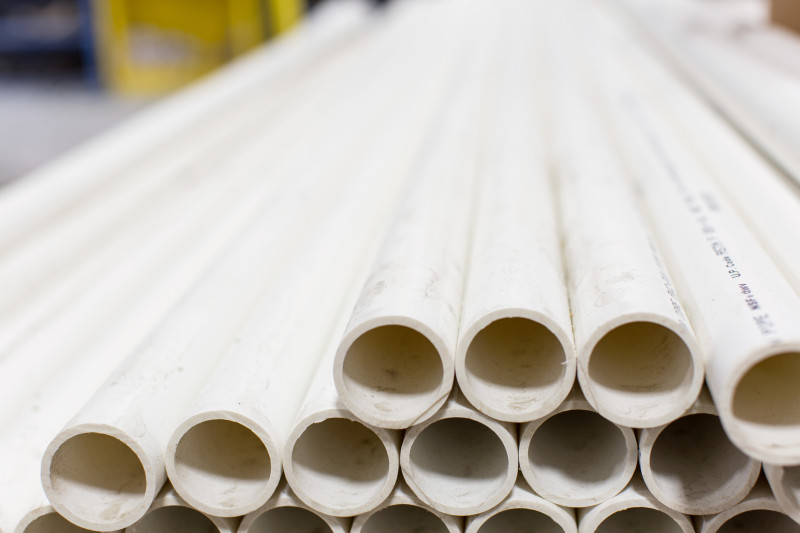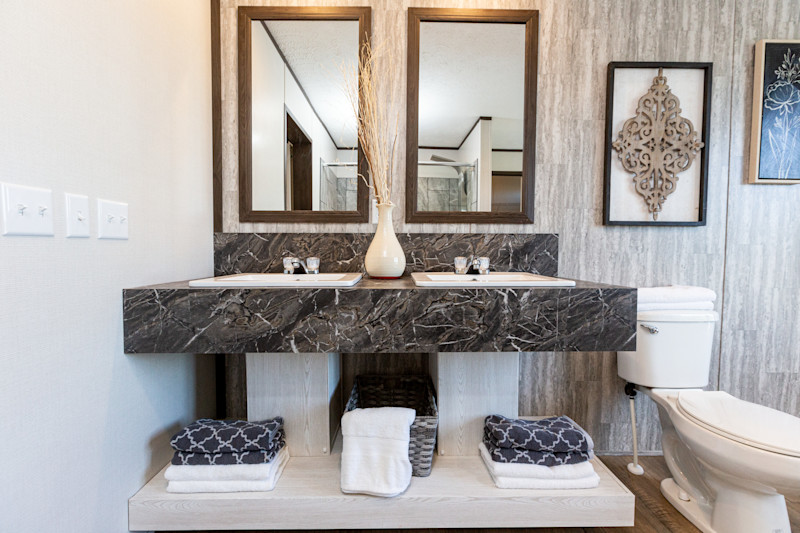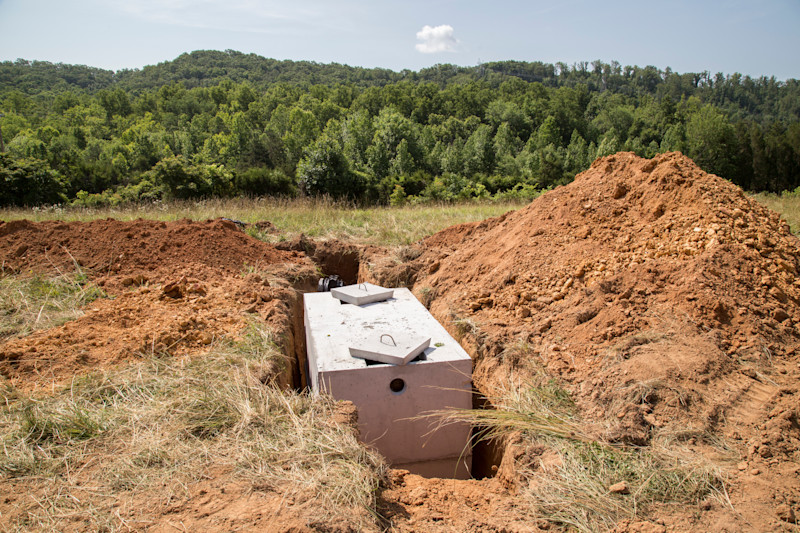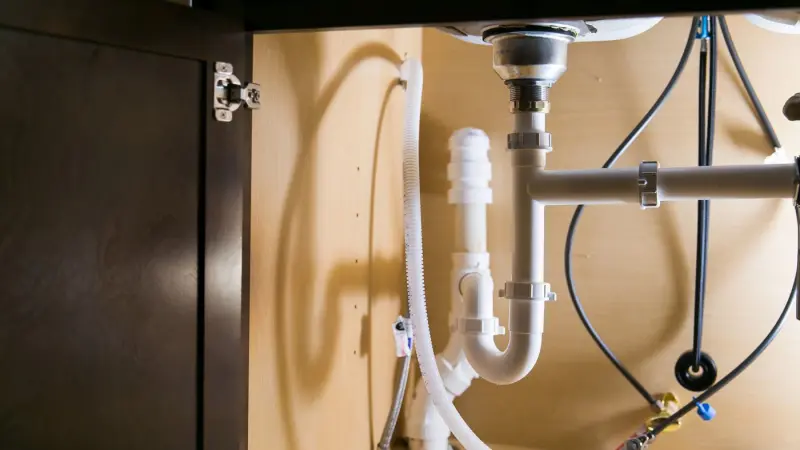Next, we'll break down more of the details when it comes to common questions about plumbing and manufactured homes.
Who Regulates Plumbing for Manufactured Homes?
The requirements for plumbing systems for manufactured homes are governed by HUD Code and are followed to ensure proper installation and construction. Local codes for plumbing may take precedence over HUD Code when it comes to the connection of the plumbing systems to site connections for septic and water supply. Check with your local home consultant to see what codes your plumbing and septic will be built to.
Where are the Pipes in Manufactured Homes?
Manufactured home plumbing runs through the floor of the home. Your pipes are located within the belly board, which is sometimes called the bottom board, and is surrounded by insulation. The belly board closes in the insulation around your plumbing and keeps everything in place under your home’s flooring system.

What Type of Plumbing is Used in Clayton Built® Homes?
The pipes used in new Clayton Built® homes are durable and are made of PEX plumbing. If you check your plumbing, you’ll see two different sizes of pipes. The smaller pipes are your water supply lines and the larger pipes are drainage lines.
Some of the advantages of PEX plumbing include:
- Resistance to scale, which is the build-up of minerals such as calcium and magnesium
- Resistance to chlorine
- Non-corrosive
- High heat resistance
- Easy to install
- Less expensive than metal piping

More About Manufactured Home Plumbing Systems
The plumbing vents in manufactured homes help drain lines work by drawing in air from outside of the pipes to create the proper pressure levels in the pipes for waste to flow. All manufactured homes are required by federal building regulation to be properly vented. Venting that you will find in your manufactured home includes a direct vent through the roof (VTR), which allows multiple fixtures in the home to be vented.
Site built homes and manufactured homes also both have clean-outs that are used to clear clogs. Plumbing code for manufactured homes requires a clean-out where a plumbing fixture turns enough times to create a 360-degree angle before getting to the main drain of the home. While the main clean-out is often outside the home and can be found in your yard by looking for a sewer cap, they can also be located all over the home. Clayton Built® homes typically have clean-outs below each vanity and sink and at the washer box connection behind the access panel.
Clean-outs can be placed in different locations of each individual home depending on the layout and location of the bathrooms, laundry room and kitchen, but a clean-out will be installed above the floor in these areas and in the plumbing below the floor system for access.
Where are my Shutoff Valves?
Most Clayton Built® homes have in-home, whole-house water shutoff valves. You will find shutoff valves for your piping throughout your manufactured home, and your main water supply shutoff valve will most likely be in your utility room.
You may also find a toilet shutoff valve in your bathroom underneath the toilet tank, which can come in handy if you have issues with a clogged toilet. You may also have a kitchen shutoff valve under your kitchen sink or a bathroom sink shutoff valve under your sink in the bathroom.

What Kind of Drainage Does a Manufactured Home Have?
Manufactured homes will have drain lines that extend under the home from below the bathroom to the sewer line that goes into the ground.
Since manufactured homes are nearly complete when they leave the home building facility, the drain lines will already extend through the belly board of your home when it arrives to its final destination for on-site construction. This is when an on-site construction crew will connect it to your waste removal system, which will be either the public sewage line or a new septic system installed for your home.

Do Manufactured Homes Have Septic Tanks?
Your waste removal system will depend on your home's location. If you use a public sewer system, your home waste removal system will consist of plumbing running from your home to the public sewer system. However, if you do not use a public service, you will need to have a septic system that is approved by your local municipality.
When looking at septic systems, the septic tank/absorption field system is a commonly used option. In this case, waste drains from your home into a septic tank that is buried underground, which will be installed during the set up and installation of your manufactured home.
These septic tank systems need periodic pumping, and regular inspections are recommended as well.
Now that you know more about plumbing in manufactured homes, do you want to learn more about everything that goes into a Clayton Built® home? You can check out our Clayton Studio blog to learn more about the materials and products we use, our construction process and more!


